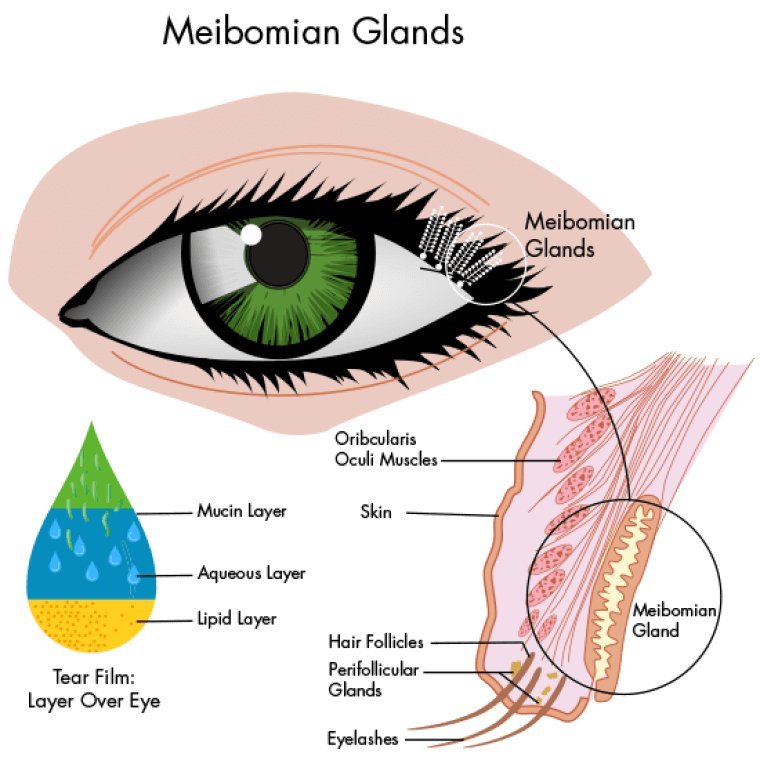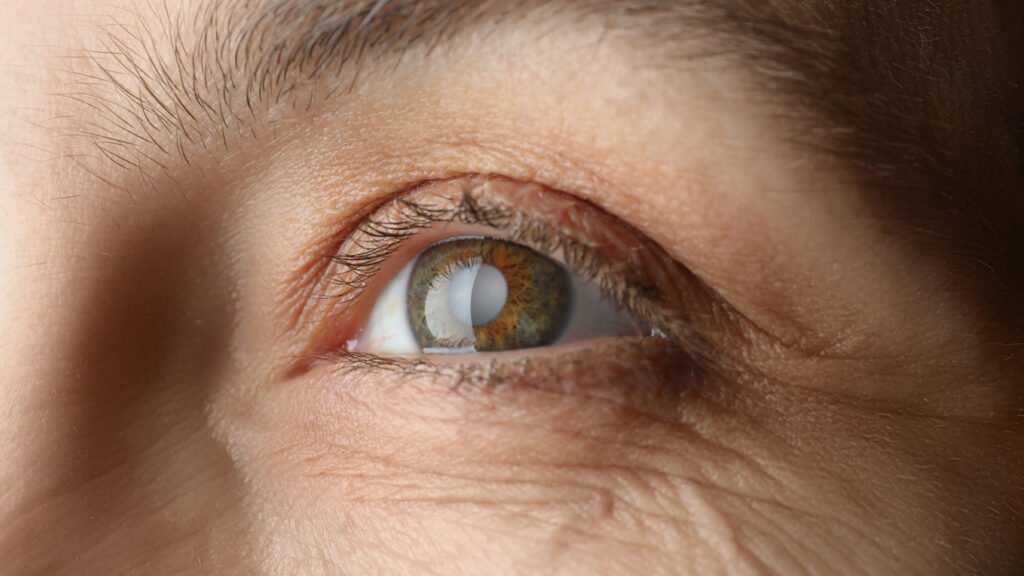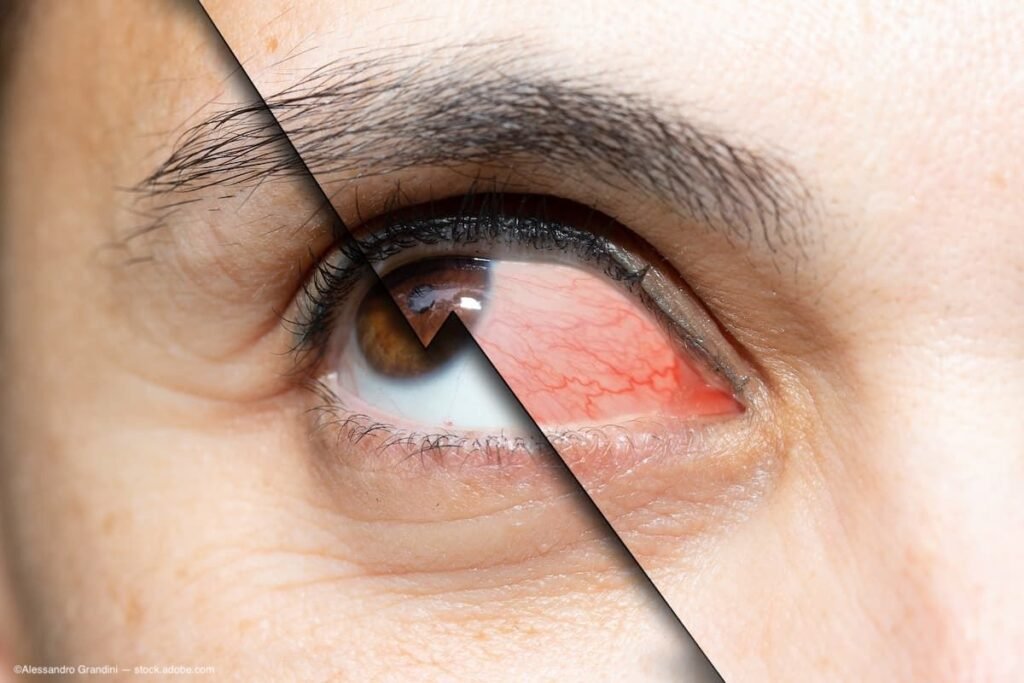
Dry Eye Disease & Meibomian Gland Dysfunction I OBN
Share your love
FAQ
What is the relationship between Meibomian Gland Dysfunction and Dry Eye Disease?
Meibomian Gland Dysfunction (MGD) can cause or contribute to Dry Eye Disease (DED) because the meibomian glands produce the oils that form the outer layer of the tear film, which helps keep the tears from evaporating too quickly. When the meibomian glands become blocked or don’t produce enough oil, the tear film can break down and lead to symptoms of dry eye.
How does Meibomian Gland Dysfunction cause Dry Eye Disease?
Meibomian Gland Dysfunction can cause Dry Eye Disease because the meibomian glands produce the oils that form the outer layer of the tear film. When the meibomian glands are not functioning properly, the oil layer is reduced or absent, which can cause the tears to evaporate too quickly, leading to symptoms of dry eye.
Can Dry Eye Disease cause Meibomian Gland Dysfunction?
Dry Eye Disease can contribute to the development of Meibomian Gland Dysfunction, but it is not usually the primary cause. Chronic inflammation and irritation of the ocular surface caused by dry eye can lead to changes in the meibomian gland structure and function over time.
What are the common symptoms of Meibomian Gland Dysfunction and Dry Eye Disease?
The common symptoms of Meibomian Gland Dysfunction and Dry Eye Disease can include dryness, burning, itching, redness, tearing, sensitivity to light, and blurry vision.
How is Meibomian Gland Dysfunction diagnosed?
Meibomian Gland Dysfunction can be diagnosed through a comprehensive eye exam, which may include evaluation of the meibomian glands, tear film, and ocular surface. Your eye care professional may also use specialized diagnostic tests such as meibography, interferometry, or osmolarity testing to assess the health of your meibomian glands and tear film.
What are the treatment options for Meibomian Gland Dysfunction and Dry Eye Disease?
Treatment options for Meibomian Gland Dysfunction and Dry Eye Disease may include warm compresses, lid hygiene, medications, lipid-based eye drops, punctal plugs, and intense pulsed light therapy, among others. Treatment will depend on the underlying cause, severity of symptoms, and other individual factors.
How long does it take to see improvement in symptoms with treatment?
The length of time it takes to see improvement in symptoms with treatment for Meibomian Gland Dysfunction and Dry Eye Disease can vary depending on the severity of the condition and the effectiveness of the treatment. Some patients may see improvement in just a few days, while others may take several weeks or months.
Are there any home remedies for Meibomian Gland Dysfunction and Dry Eye Disease?
There are several home remedies that may help alleviate symptoms of Meibomian Gland Dysfunction and Dry Eye Disease, such as warm compresses, lid massage, blinking exercises, and dietary supplements. However, it is important to consult with your eye care professional before trying any new treatments or supplements.
Can Meibomian Gland Dysfunction and Dry Eye Disease be prevented?
While it may not be possible to completely prevent Meibomian Gland Dysfunction and Dry Eye Disease, there are several steps you can take to reduce your risk, such as practicing good lid hygiene, avoiding environmental irritants, taking frequent breaks when using digital devices, and staying well hydrated.
Can contact lenses worsen Meibomian Gland Dysfunction and Dry Eye Disease?
Contact lenses can worsen Meibomian Gland Dysfunction and Dry Eye Disease in some cases, particularly if the lenses are worn for extended periods or if they are not properly cleaned and maintained. Contact lens wear can exacerbate dry eye symptoms and contribute to meibomian gland dysfunction.
Source: ophthalmologybreakingnews.com
Author: | Date: 2023-04-26 11:14:00








